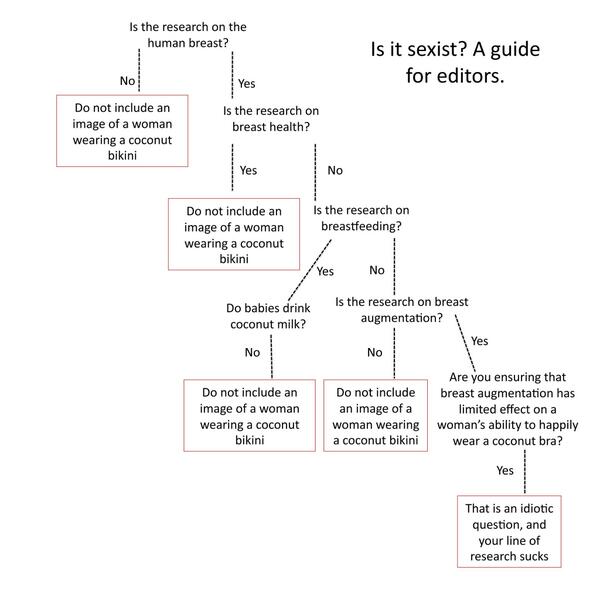Today I heard the sad news that the
Borreliosis and Associated Diseases Awareness UK charity is ceasing operation as a charity due to lack of funds. We in the UK are comparatively lucky in vector-borne disease stakes, able to enjoy the great outdoors without too much concern about being bitten by something that'll give us something 'orrible, but one that we do have to deal with is Lyme disease which along and its relatives, transmitted by the bites of
ticks which contrary to popular belief are arachnids not insects. Lyme disease can be debilitating (as is shown by my
friend's blog about living with it) and it is still often initially not correctly diagnosed, which is why the campaigning work of BADA UK has been so vital and their closure is such a tragic loss particularly now that the incidence of Lyme disease
appears to be on the increase.
This campaigning was so important because there is a lot of misinformation out there about ticks and the diseases they transmit, and not just this sort of thing:
I spend more time on Pinterest than I probably should and I've encountered some quite horrifying pins describing this one weird trick some [nurse/mom/other trustworthy-sounding person] has discovered to remove ticks. Needless to say the vast majority of them are a very bad idea, which is a serious problem as incorrect removal can increase chances of disease transmission. Fortunately some colleagues of mine recently published a
review paper on best practice:
Avoiding ticks
Encouragingly a randomised controlled trial showed that infections were less common in people who received education about ticks. Congratulations, by reading this post you've just joined the lucky group! The best way of preventing disease transmission is not to get bitten in the first place. Cover up: wear trousers and tuck them into you socks - I know it looks daft but you can always pretend you're Tintin. And if you're feeling really fancy you can even get clothes impregnated with the insecticide permethrin which has bee shown to be effective in reducing the incidence of tick bites, although it does need retreating frequently to remain effective.
 |
| Everyone's favourite racist, cultural imperialist boy reporter. |
The next line of defense is to use a repellant, a substance that beasties find unpleasant smelling that you can rub on your skin to put them off their lunch.
Trans-p-methane-3,8-diol (PMD), or lemon eucalyptus oil to its friends, has been shown to be highly repellent toward ticks and in laboratory studies was still providing some protection 48 hours later. By contrast there is little evidence for the effectiveness of
DEET against ticks, and what evidence there is seems to suggest it only has a short-term effect. (It should be noted that this is different from the situation for mosquitoes,
against which DEET offers better protection).
Tick removal
The faster you can remove a tick, the less chance it will have to get bacteria into your bloodstream. Check yourself every few hours for ticks, and - waggles eyebrows suggestively -see if you can find a tick buddy to check the areas you can't see yourself (or more boringly use a mirror).
Tick removal is the step that seems to have produced the most dangerous home remedies. Trying to suffocate the ticks with petroleum jelly, nail polish or rubbing alcohol is likely to be ineffective as ticks respire very slowly so can keep feeding without air long enough to infect you, and if you do manage to damage or kill a tick by one of these methods or using a lighted match there's a danger that parts of it will be left in your skin, posing an infection risk. (Needless to say combining rubbing alcohol and a lighted match would be a
terrible idea.) BADA has an excellent series of photographs demonstrating correct removal on their very informative website, which will remain active until December 2015: using
tweezers, and using a specialist
removal tool. At present the evidence in humans suggests that the safest method of tick removal in humans is to use fine-tipped tweezers - evidence for the effectiveness of the tick removal tool only comes from veterinary medicine. However, if you're not comfortable with tweezers the removal tool is probably a better bet than any of the other methods out there.
The TickTwister tool is available to buy here.
If you've been bitten
Although the characteristic bull's eye rash is probably the best known Lyme disease symptom, it only appears in around 60% of patients. Other symptoms include:
- unexplained headaches and neck stiffness,
- flu-like symptoms,
- facial palsy,
- arthralgia,
- heart palpitations,
- dizziness
If you experience any of these within a few weeks of being bitten by a tick, or of being somewhere you know ticks are present even if you didn't notice a bite, you should see a doctor.
PLEASE NOTE THAT I AM NOT MEDICAL DOCTOR, I'M JUST SOME WEIRDO ON THE INTERNET WHO LIKES POKING THINGS WITH MORE LEGS THAN ME. IF YOU THINK YOU HAVE ANY OF THESE SYMPTOMS I CAN'T CONFIRM THIS OR DIAGNOSE YOU, YOU WILL NEED TO SEE YOUR GP.
 |
| Bull's eye rash, from BADA |
Your GP should be able to carry out further tests, and prescribe a course of prophylactic antibiotics if necessary.
So get out there and enjoy the countryside, but respect it too: even here in the UK we have disease vectors that could make you very sick if you give them a chance!



